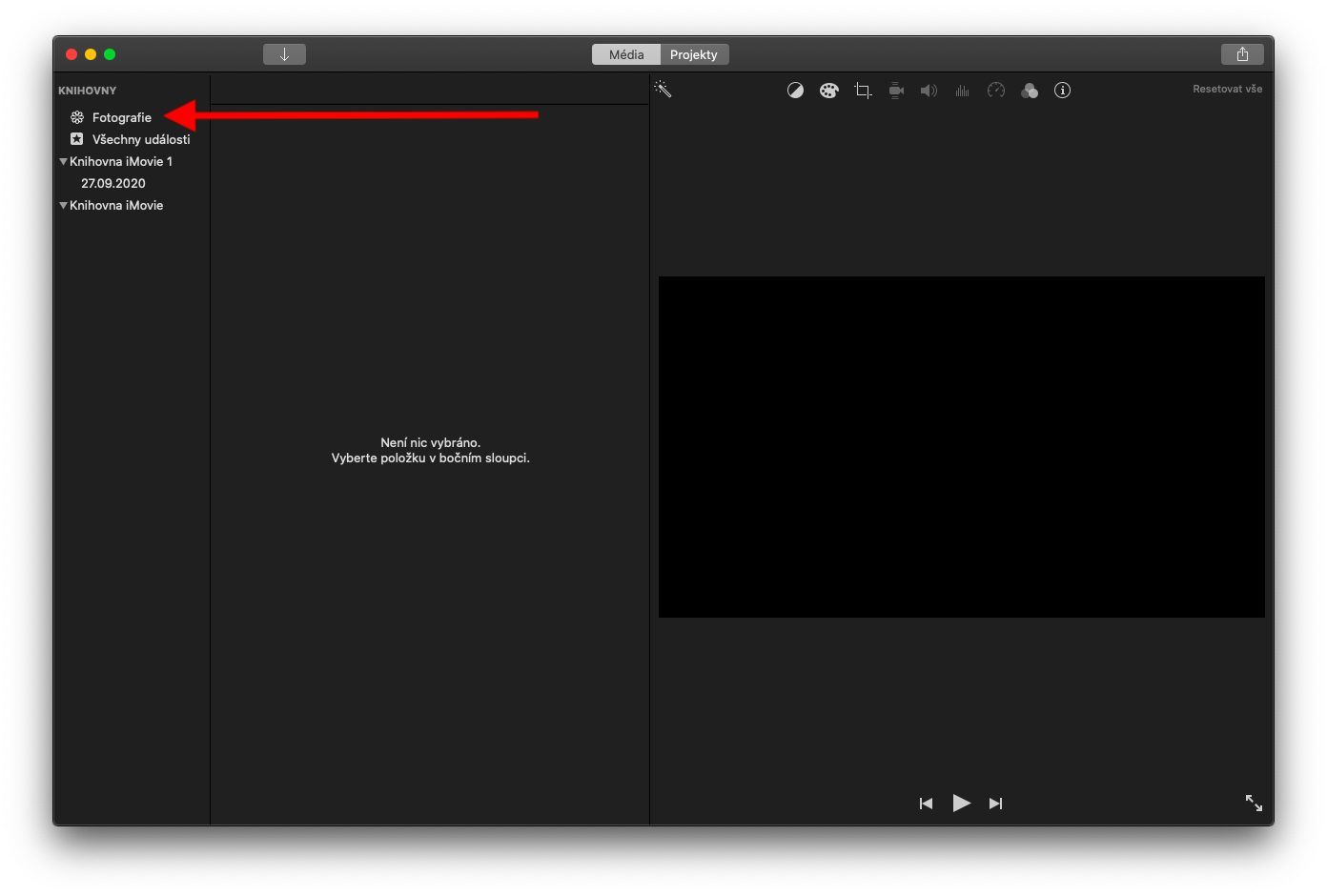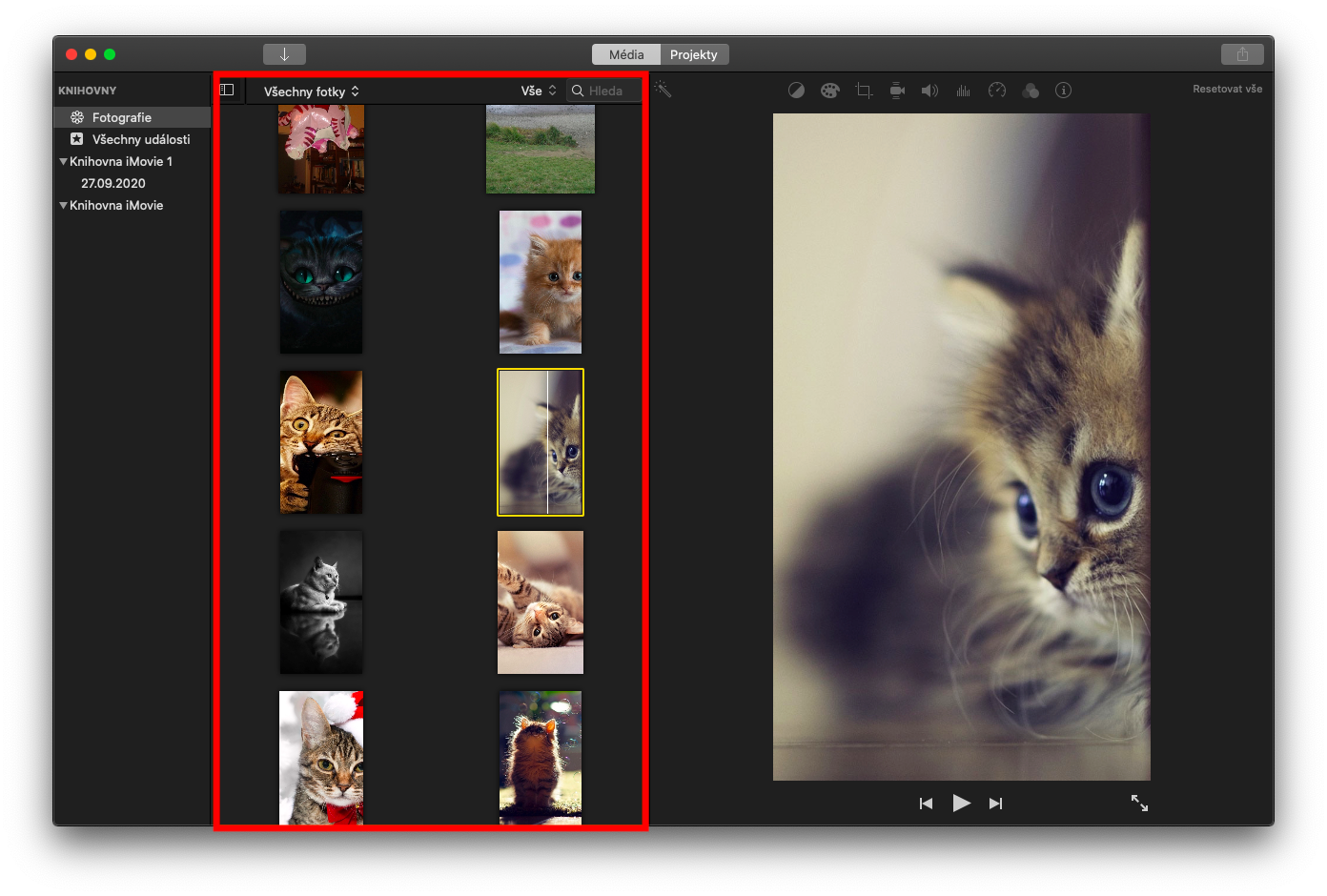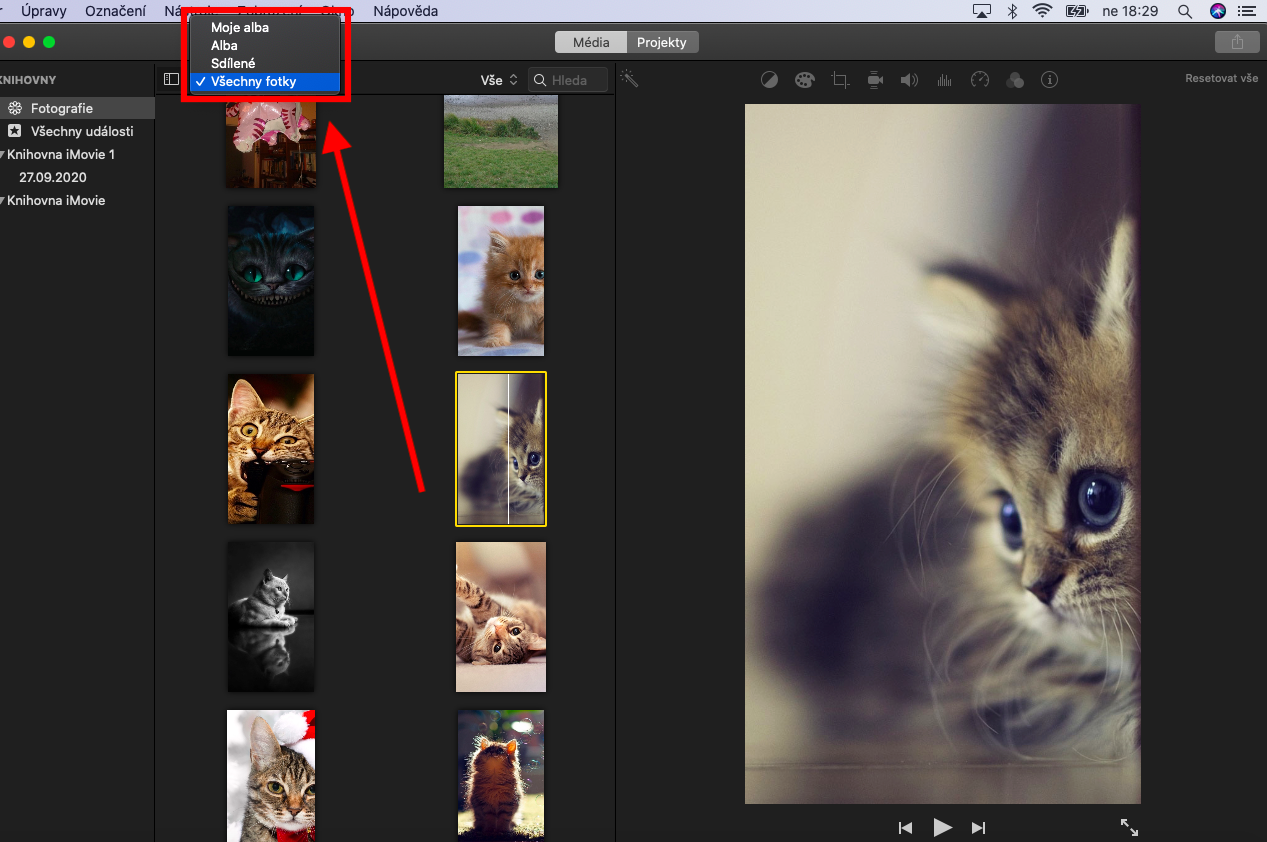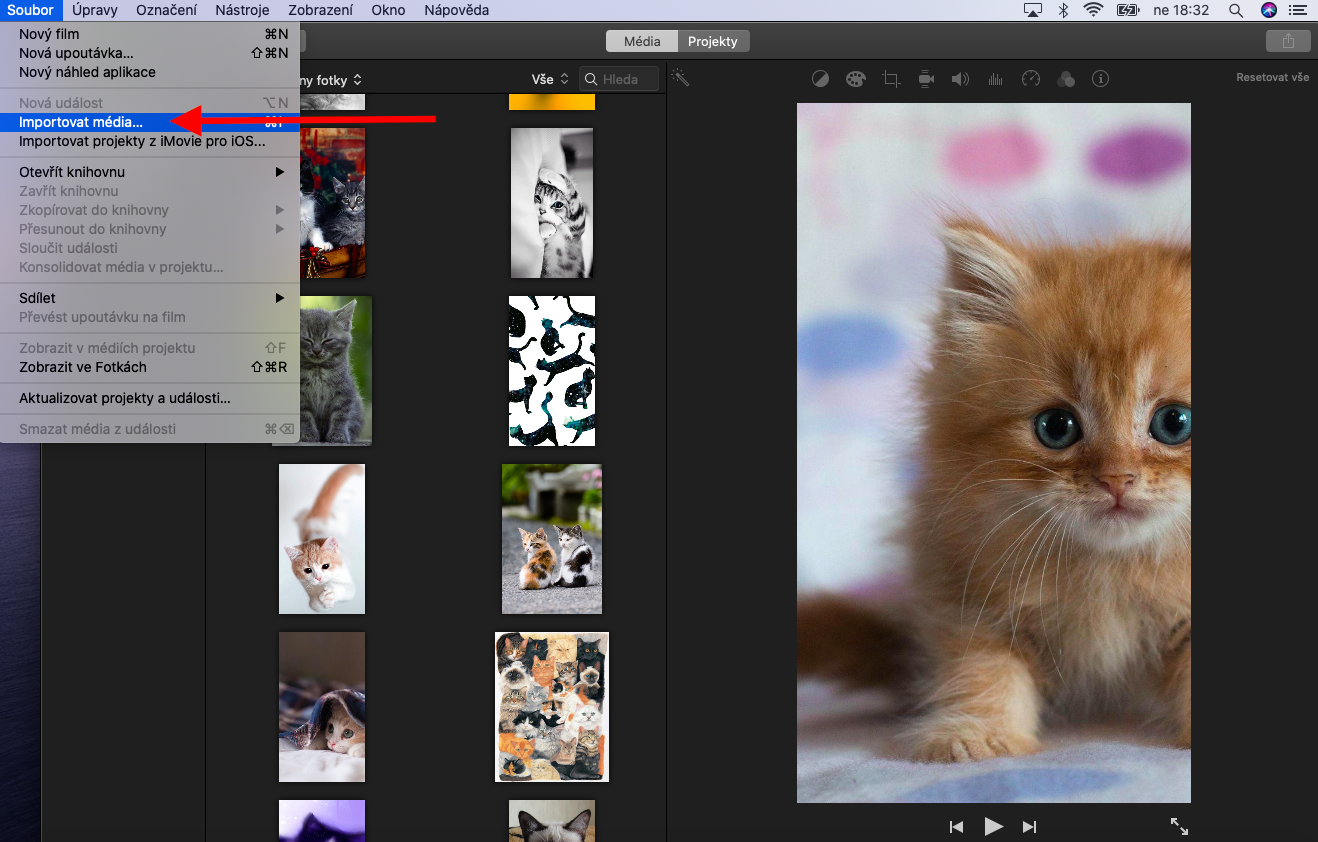In previous installments of our regular series on native Apple apps, we introduced QuickTime Player. It can be used for basic video editing, but Apple has another powerful tool for these purposes among its native applications. It is iMovie, the application that we will cover in the following parts. First, we'll discuss ways to add media.
It could be interest you
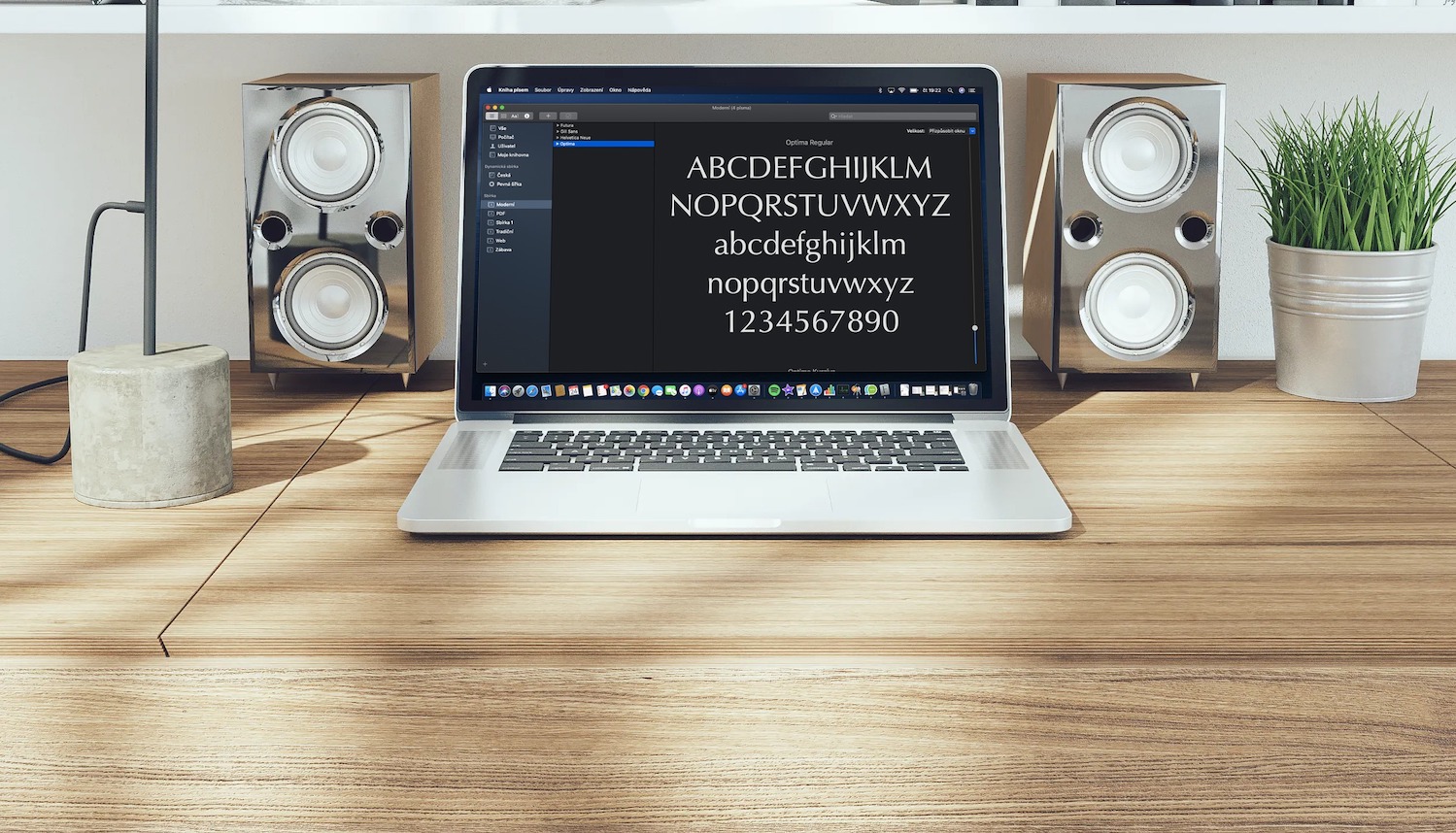
iMovie works great with your Mac, so any photos in your native Photos library are automatically available for use in iMovie. To add content from your photo library, select Photos from the list of libraries in the panel on the left side of the application window - you will be presented with images from your photo library on your Mac, from which you can then choose. You can then switch between individual albums in the drop-down menu above the photo previews. To import photos from an iPhone or iPad, first connect the device to your Mac using a USB cable. Allow iMovie to access content on your mobile device, then click File -> Import Media in the toolbar at the top of your Mac screen. In the panel on the left of the window, click iPhone, select the pictures you want to import, and then click Import Selected in the bottom right of the application window.
You can also use the native iMovie application to record video directly. In this case, you need to allow the app access to your Mac's webcam. On the toolbar at the top of your Mac screen, click File -> Import Media. Click on the name of your Mac's webcam in the panel on the left side of the application window, click the red record button to start recording. Whatever import method you choose, do not forget to choose where you want to import the selected files in the drop-down menu at the top of the application window.
